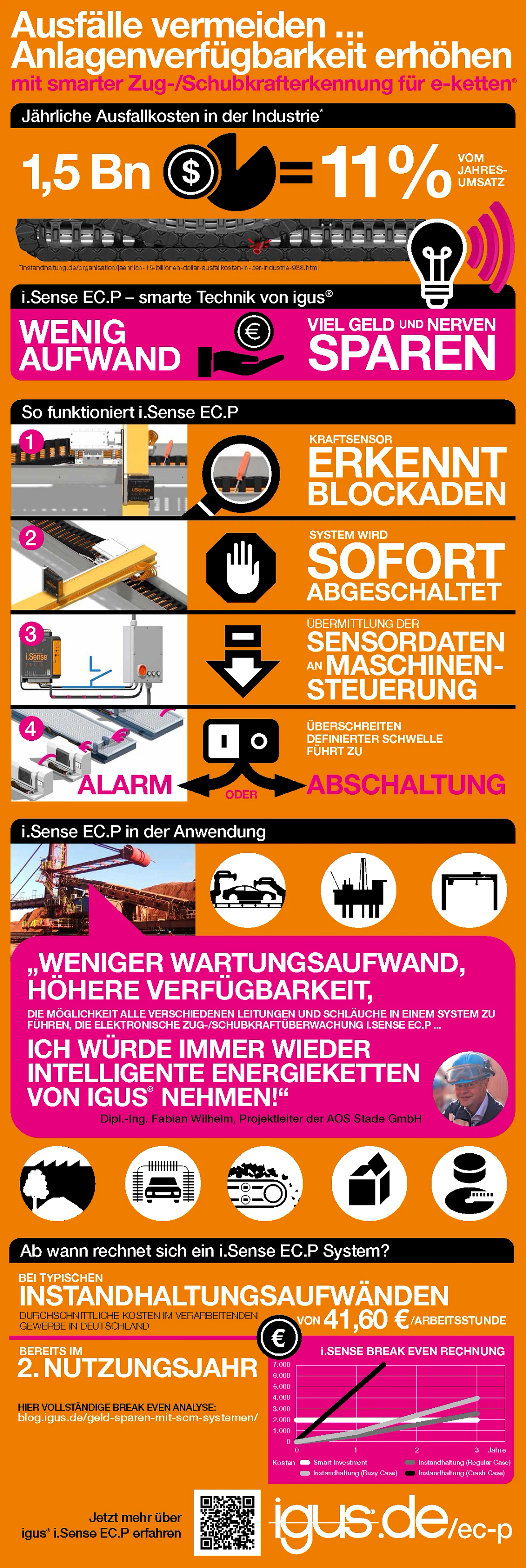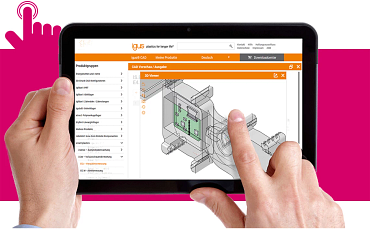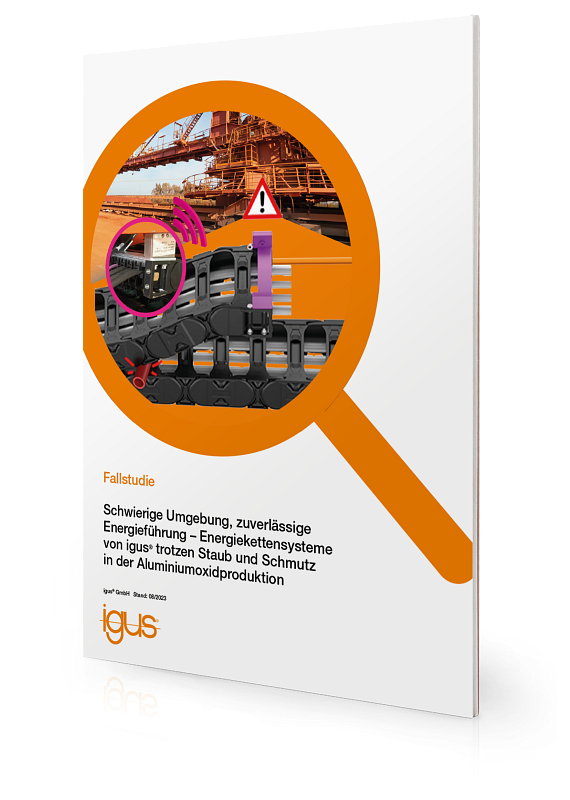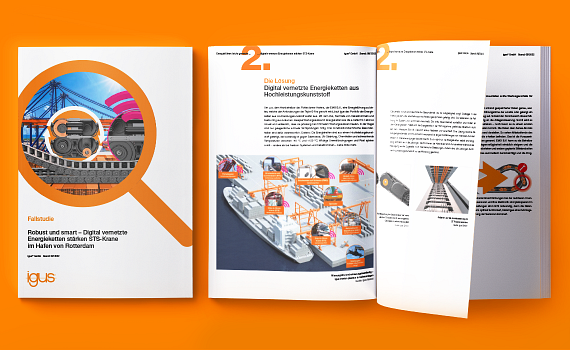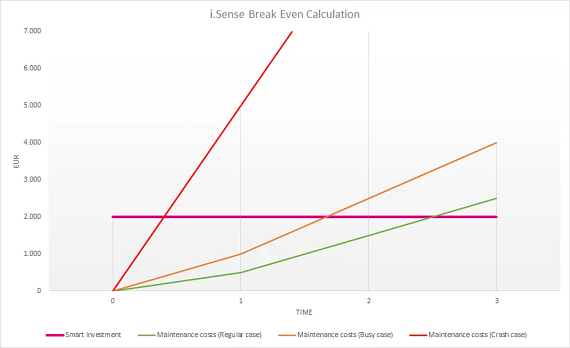Reduce machine downtime with smart pull/push force detection for e-chains

i.Sense EC.P - Save a lot of money and trouble with little cost or effort thanks to igus smart technology
You have to master immense push/pull forces on energy chains or drag chains. Because: where travels and forces increase, so does the risk. Full control including switch-off recommendation is guaranteed by our i.Sense EC.P from smart plastics. Can be used on any e-chain® - unsupported or gliding - these intelligent sensors even work with changing loads and fluctuating environmental parameters. This significantly reduces your downtime costs and continuously increases overall system effectiveness.Download full PDF infographic
Information ...
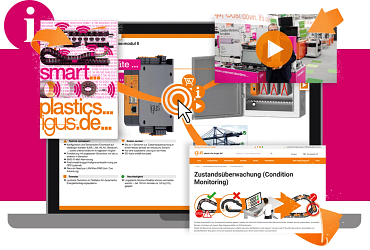
Service, Help & FAQs
... Buy it
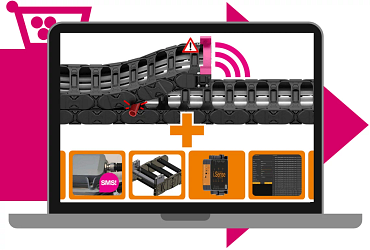
Visit the online shop
Difficult environment, reliable energy supply - energy chain systems from igus® defy dust and dirt in aluminium oxide production
Free case study
This case study discusses the question asked by almost all design engineers who have to guide hoses, power and data cables in moving applications with long travels of over 100m:
Which energy supply system is the most efficient - in terms of reliability, ease of maintenance and future security, among other things? A motorised cable reel? Or an energy chain?
Go to the PDF download
What is i.Sense EC.P, and what can it do for me?
Functionality and advantages
- The EC.P (EC = e-chain P = pull force) sensor is mounted on one end of the e-chain,
- where the sensor continuously measures push/pull forces acting on the e-chain, then transmits them via cable to a DIN top-hat rail module installed in the switch cabinet.
- The vast majority of failures are preceded by an increase in force due to such factors as foreign bodies, snow/ice, misalignment, and deformed or loose guide troughs.
- If the acceptable forces are exceeded, the i.Sense EC.P System detects that fact, reports it, and switches the system off quickly in order to prevent expensive consequential or total damage.
What are the technical components of i.Sense EC.P?
The technology for push/pull force monitoring in detail

Sensors
There are two EC.P sensor unit variants that can be used depending on application environment:- Strain gauge force sensors
- Load cell in the FTA/floating moving end
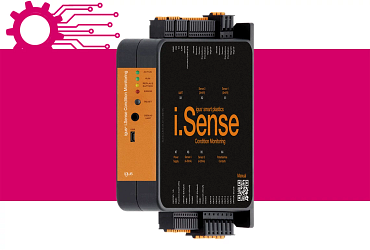
Evaluation module
Subsequently, all supplied push/pull force sensor data are continuously evaluated with the i.Sense Module II, which is mounted in the control cabinet of the system to be monitored and connected with chainflex cables. The module detects all movement anomalies immediately and transmits them directly to the user or the machine control system, such as Siemens PLC, via an NC contact. This new generation can connect up to four condition monitoring sensors at the same time with just one switch cabinet module, saving lots of space and costs.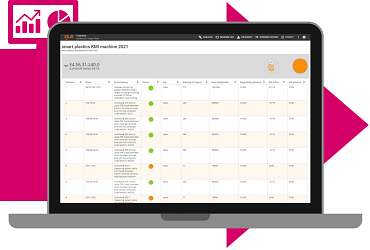
Connectivity
The module also offers many typical Industry 4.0 use cases, such as remote resetting or an SMS/e-mail alarm function. The i.Sense module offers other network options besides direct integration into the PLC plant control system to prevent total machine failure in an emergency.One is location-independent alerting with the optional SMS module. Another is that, in connection with an i.Cee module, all acquired sensor data can be output to an online dashboard.
How are i.Sense EC.P sensors mounted on the chain?
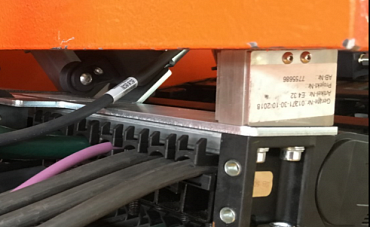
Download the sensor data sheet now

Download the load cell data sheet
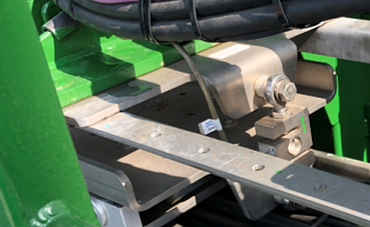
Download installation instructions
How is the i.Sense EC.P module connected?
In addition to the installation instructions, there are also detailed operating instructions for all our smart plastics systems. These guide you step by step through all the relevant aspects of operation:
- Safety instructions
- Installation and connection planning
- Configuration and calibration
- Operating conditions
- Troubleshooting
Download the operating instructions
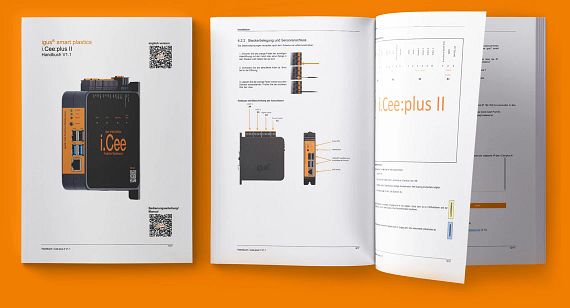
Intelligent push/pull force monitoring implemented successfully
i.Sense EC.P in practice
Wastewater treatment plants and wastewater operations |
Port and container cranes |
Conveyor and bulk handling
"Less effort, greater availability"
"Less effort, greater availability"

Dipl.-Ing. Fabian Wilhelm, Project Manager for AOS Stade GmbH
Customer applications worldwide
Customer applications worldwide

To the application overview
Robust and smart – how digitally networked energy chains enhance STS cranes in the Port of Rotterdam
Download a free case study
This case study illustrates how EMO B.V. is able to achieve over 375,000km on its STS cranes with igus chains for cranes®.
Go to the PDF download
When do I need a smart condition monitoring system like i.Sense EC.P?
When regular maintenance work requires complete production shutdown ...
When motion anomalies cannot be detected by humans in time ...
If plants or machines need to be monitored frequently or continuously ...
If energy supply system travels are difficult to access or view ...
If maintenance work poses a health or safety risk ...
If maintenance costs are to be reduced and service life extended ...
At what point does it pay to purchase i.Sense EC.P?
The financial benefits of safety systems are often difficult to assess, especially because the initial investment in a modern condition monitoring system increases costs instead of reducing them. So we performed a break-even analysis for the entire utilisation period based on practical experience in an automotive production hall.Given the average cost per working hour for all typical maintenance expenses in the German manufacturing industry (EUR 41.60), an EC.P system reaches its benefit threshold in just the third year of use, even by a conservative estimate (regular case).
View the full break-even analysis
You are guaranteed personal advice
Do you have a crane or system for which you would like to monitor e-chain tensile forces to enhance system reliability?If so, feel free to contact me.
I am looking forward to your message!
► Request contact online
► Make an appointment
► Expert support by phone or with the video chat function
Make contact
i.Sense EC.P as the basis for predictive maintenance
Always the optimum maintenance solution with igus smart plastics
For a solid foundation for predictive maintenance concepts, you need a smart network of individual condition monitoring systems, such as i.Sense EC.P. At igus, everything related to predictive maintenance falls under the term i.Cee. Similarly, i.Sense encompasses all condition monitoring systems.
The central element here is the i.Cee software, which, combined with i.Sense condition monitoring sensors on the energy chain, the plain bearing bushing, or a linear carriage, transform stock products into smart ones. This upgrade creates the capability of determining maximum service life and optimal maintenance intervals in real time based on real usage data.
The central element here is the i.Cee software, which, combined with i.Sense condition monitoring sensors on the energy chain, the plain bearing bushing, or a linear carriage, transform stock products into smart ones. This upgrade creates the capability of determining maximum service life and optimal maintenance intervals in real time based on real usage data.
More about predictive maintenance with smart plastics
General smart plastics overview
Insight into the entire igus Industry 4.0 product portfolio
Table of contents for this free brochure:
- Condition monitoring (i.Sense)
- Condition monitoring systems
- Advantages of condition monitoring systems
- Condition monitoring application examples
- Predictive maintenance (i.Cee)
- Systems for predictive maintenance
- Advantages of predictive maintenance systems
- Application examples for predictive maintenance
- Data flow in modern smart factory concepts
Download the smart plastics brochure
